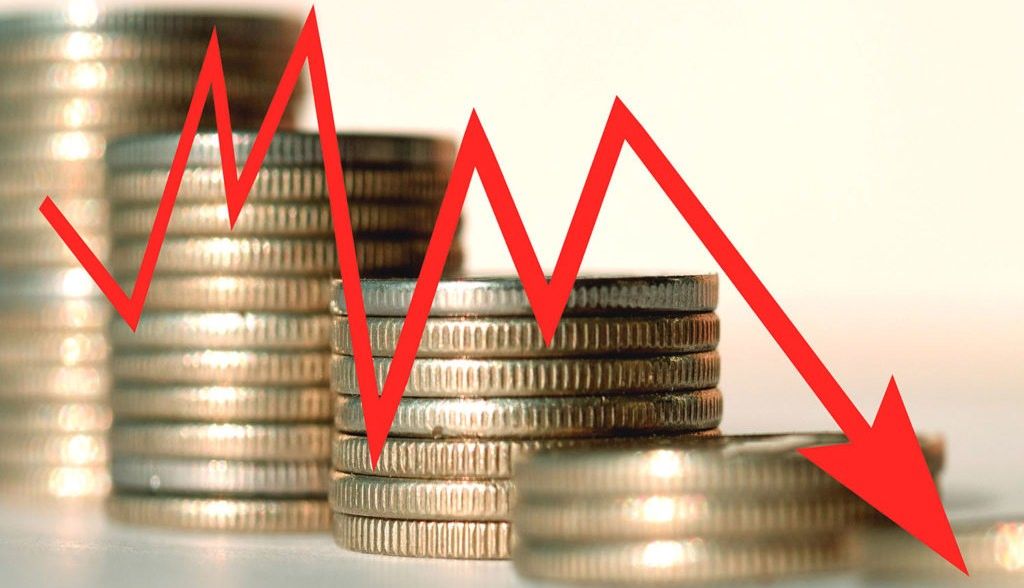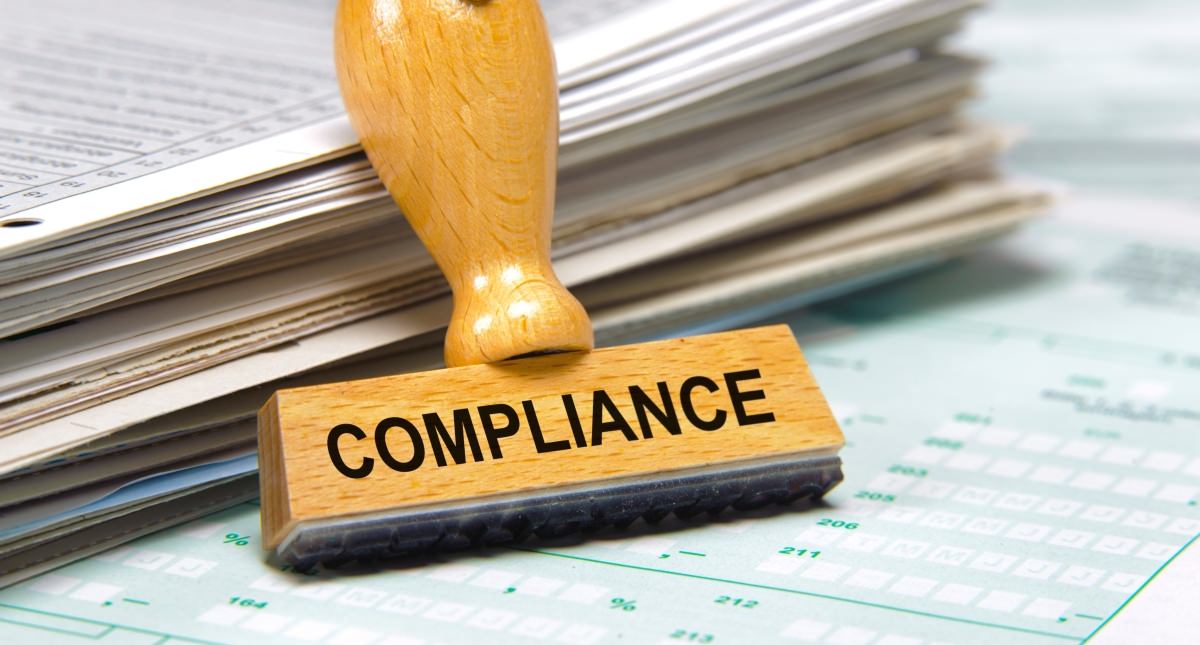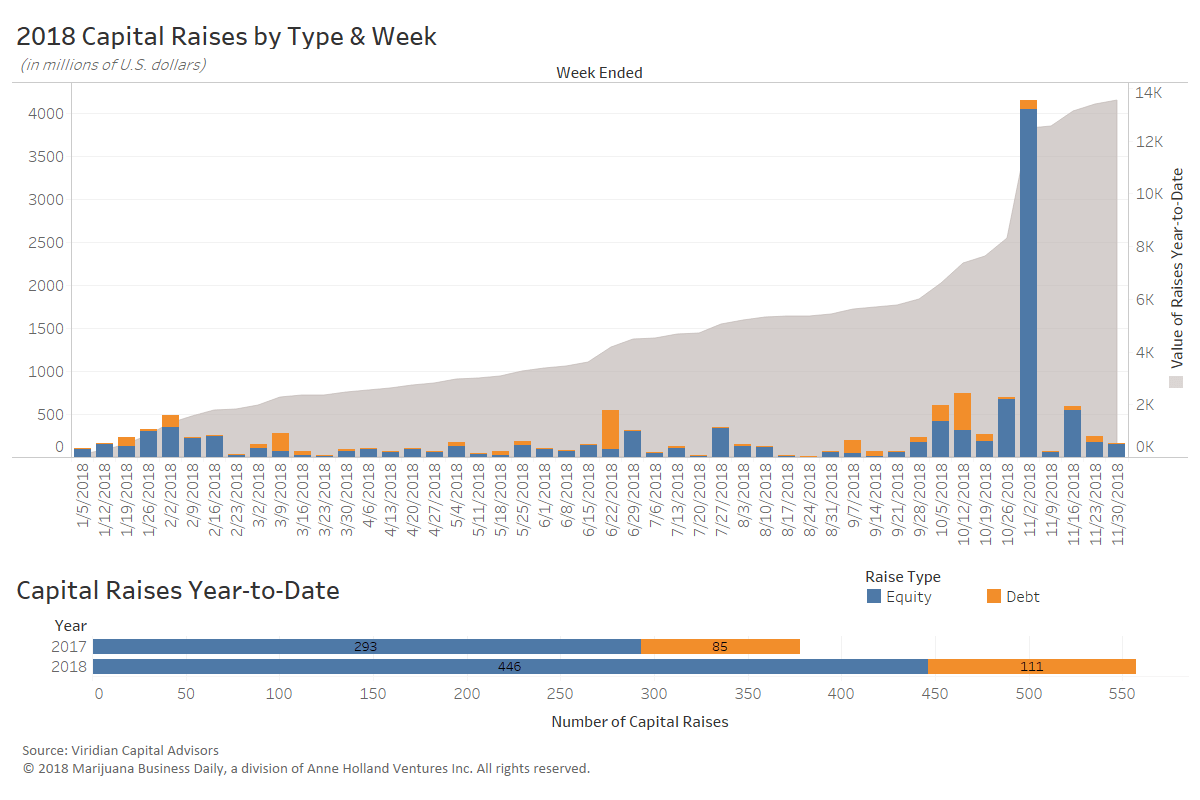The old debate about what to call the plant cannabis sativa L. is giving businesses real-world headaches in both new and established marijuana markets.
Consider:
- Iowa allows medical marijuana but calls it something else.
- Texas restricts medical marijuana so severely that doctors must break the law to use the state’s program.
- California officials are struggling to draw a bright line between what products are allowed and which ones aren’t.
As Iowa enters its second week of cannabis sales, here’s a rundown of the confusing landscapes businesses face as they enter new markets:
Iowa: The missing decimal
Iowa threw the cannabis industry for a loop last year when it authorized medical marijuana but called it “cannabidiol,” the name for just one cannabinoid in the plant.
Because of that language choice, the law was interpreted by many, including Marijuana Business Daily, to limit producers and retailers to only extracted CBD.
But the missing decimal point in the law’s definition opened the door to an MMJ industry, albeit a limited one.
Iowa set a record for the highest licensing fees in any state for a cannabis producer ($150,000 a year) and limited the market to five dispensaries.
“We are not a hemp program,” said Randy Mayer, head of Iowa’s Office of Medical Cannabidiol, which regulates MMJ in the state’s health department.
“The Legislature chose not to call it medical cannabis.”
Executives at MedPharm Iowa – currently the state’s only medical marijuana producer – said the state’s aversion to the word “cannabis” has confused potential patients.
“Patients don’t know what it is,” general manager Lucas Nelson said. “It makes us look like we don’t know what we’re doing.”
MedPharm Iowa’s THC-heavy product, a “Comfort” capsule with 20 milligrams of THC, was among its top sellers when its two dispensaries opened Dec. 1.
Further complicating Iowa’s industry: The state is one of only a handful that don’t allow hemp cultivation under the terms of the 2014 Farm Bill.
And CBD products have been deemed illegal outside dispensaries, even if the products come from hemp legally grown in another state.
California confusion
Cannabis pioneer California has its own confusing set of definitions for the industry.
In the Golden State, the word “marijuana” is shunned in favor of “cannabis,” but hemp isn’t included in that term, even though hemp and marijuana are the same plant species.
State officials went to on to say in July – a few months after recreational sales opened – that CBD can’t be added to foods, drinks or nutritional supplements unless the CBD comes from a variety of cannabis defined as marijuana under federal drug law.
The July rule has been only sporadically enforced, but entrepreneurs who make hemp-derived products say the California confusion is stifling growth in the booming CBD sector.
“We are continuing to do business as normal,” said Dave Hargett, owner of Innovative Nutraceuticals, which has made CBD-infused lozenges and tinctures from imported hemp since 2013 in Southern California.
“But there were some deals we were working on that have now been put on hold because of this added confusion.”
Texas tiptoe
A tricky definition also is limiting cannabis business opportunities in Texas, the nation’s second-most-populous state.
Texas legalized medical marijuana in 2015 and has had legal MMJ plants in the ground since last year.
But fewer than 600 of the estimated 150,000 Texans with eligible medical conditions have received doctor clearance for MMJ products, the San Antonio Express-News reported this week.
Texas says doctors must “prescribe” MMJ, not “recommend” it – the terminology used in most states.
That is an important distinction, because physicians are barred under U.S. law from prescribing Schedule 1 drugs, which most MMJ formulations are. (The lone exception is Epidiolex, a drug that wasn’t on the market when Texas wrote its law.)
Texas also limits which formulations can be sold. The state requires that MMJ products must be at least 10% CBD and limits THC concentrations to 0.5% of the plant’s weight.
Texas’ limitations have led to just two retailers opening, with longtime cannabis activists writing off the state as unsuitable for commercial investment.
But that’s a mistake, said Morris Denton, CEO of Compassionate Cultivation, a dispensary near Austin.
“Any time you start a business, it’s fraught with peril, no matter what industry you’re in,” he said during an interview at MJBizCon in November.
“Beware of sleeping giants. Texas is on its way.”





